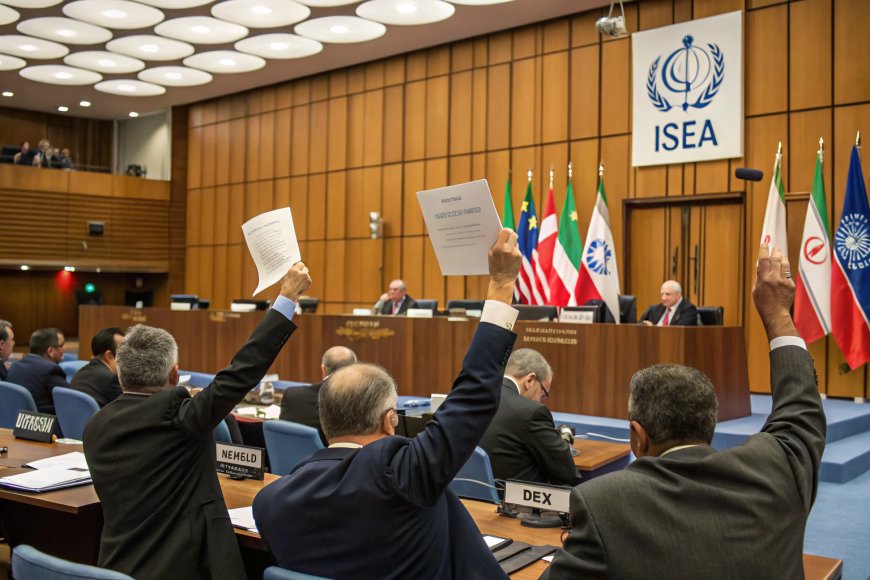Tehran's Atomic Gambit: How Iran Defied the World With a Secret Nuclear Site
IAEA declares Iran non-compliant with nuclear obligations for the first time in 20 years. Tehran reveals a secret enrichment site as tensions surge. Analysis inside.
The United Nations' nuclear watchdog dropped a diplomatic bombshell this week—one that could ignite the Middle East's most dangerous confrontation in decades. For the first time in 20 years, the International Atomic Energy Agency (IAEA) formally declared Iran in breach of its nuclear non-proliferation obligations. Within hours, Tehran retaliated by revealing a third uranium enrichment facility buried deep in "invulnerable" mountains. This high-stakes game of atomic brinksmanship threatens to derail fragile U.S.-Iran talks, trigger Israeli airstrikes, and push the world closer to a nuclear crisis.
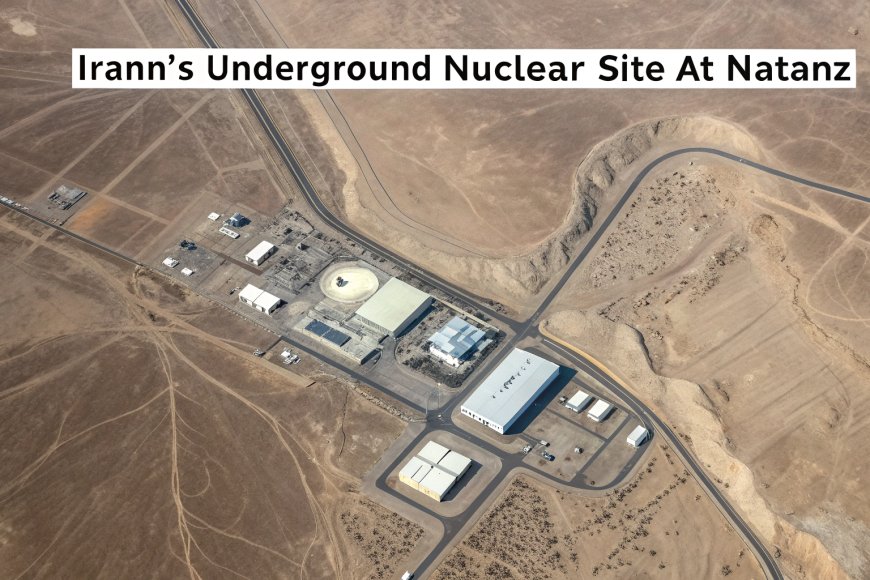
Iran's underground nuclear site at Natanz
The Unprecedented Condemnation
On June 12, 2025, the IAEA's 35-nation board delivered a historic rebuke to Tehran. Nineteen countries—including the U.S., UK, France, and Germany—voted to condemn Iran's "many failures" since 2019 to explain traces of uranium found at three undeclared nuclear sites. Russia and China defiantly opposed the resolution, while 11 nations abstained, exposing global fractures.
Why this matters: The resolution marks Iran as "non-compliant" with the Nuclear Non-Proliferation Treaty (NPT)—a legal designation that could trigger UN sanctions. IAEA investigators suspect the uranium particles prove Iran secretly pursued nuclear weapons until 2003, contradicting Tehran's claims of peaceful energy research.
"Iran is now the only non-nuclear-weapon state producing near-weapons-grade uranium," warned the IAEA's confidential May 31 report—a finding Director General Rafael Grossi called "seriously concerning".
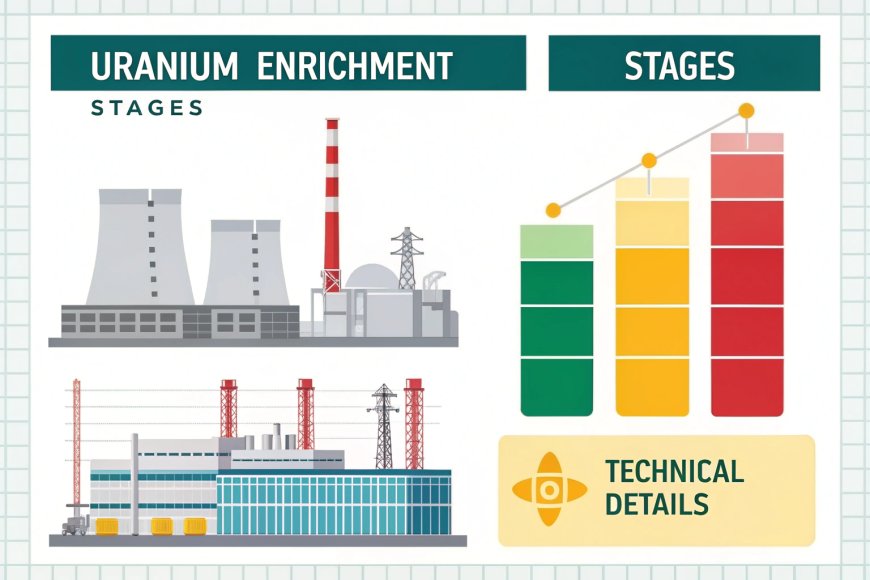
How Iran enriches uranium for nuclear use
Iran's Nuclear Escalation
Within hours of the vote, Iran's Atomic Energy Organization announced countermeasures that experts describe as a "calculated provocation":
- Activating a Third Enrichment Site: Buried in "secure and invulnerable" mountains (likely near Natanz or Fordo), the facility is "built and ready" for centrifuges. This hardened location suggests preparation for attacks.
- Installing Advanced Centrifuges at Fordo: Upgrading equipment at this underground bunker will "significantly increase" production of enriched uranium—potentially accelerating weapons-grade (90% purity) stockpiling.
- Restricting IAEA Access: Tehran hinted at removing surveillance cameras from Isfahan nuclear facilities, mirroring its 2022 response to IAEA criticism. This would blind inspectors to real-time activities.
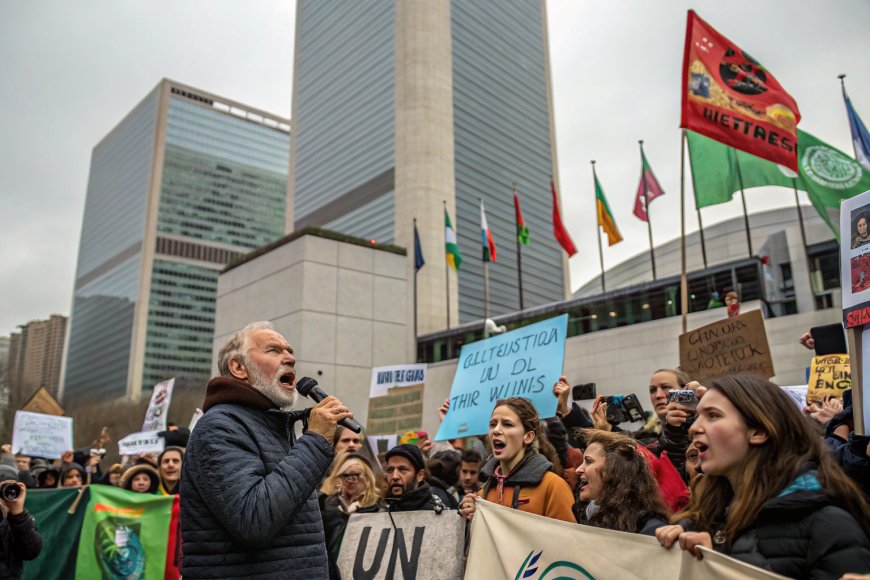
Anti-nuclear protest at UN meeting on Iran
Table: Iran's Known Nuclear Facilities
| Site | Status | Enrichment Level | Vulnerability |
| Natanz | Operational | Up to 60% | Attacked in 2020/2021 |
| Fordo | Upgrading centrifuges | Up to 20% | Underground bunker |
| "Third Site" | Machinery-ready | Unknown | Mountain-tunnel complex |
The Ticking Clock
The IAEA resolution sets two urgent deadlines:
- October 2025: The legal authority for Britain, France, or Germany to unilaterally restore ("snapback") UN sanctions expires. Without Iranian cooperation, sanctions could automatically resume.
- Summer 2025: An emergency IAEA meeting may refer Iran to the UN Security Council if it stonewalls investigators—a step last taken in 2006.
Meanwhile, U.S. personnel are fleeing the Middle East. Nonessential staff evacuated from embassies in Baghdad and Jerusalem, while the U.S. Embassy restricted movements to Tel Aviv, Jerusalem, and Be'er Sheva. President Trump acknowledged the region could become "dangerous," hinting at Israeli strike plans:
"I don’t want to say imminent, but it looks like something that could very well happen," Trump warned. "Iran cannot have a nuclear weapon".
Iran's Revolutionary Guards commander Hossein Salami vowed retaliation "more forceful and destructive" than ever if attacked.
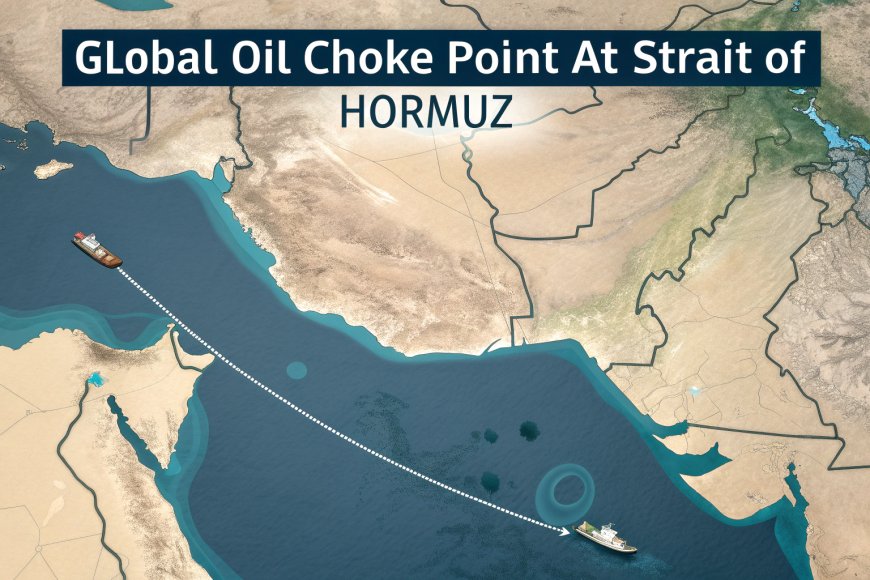
Global oil choke point at Strait of Hormuz
Diplomatic Meltdown
The crisis torpedoes hopes for U.S.-Iran détente. Talks scheduled for June 15 in Oman now hang by a thread. President Masoud Pezeshkian—elected as a moderate—hardened his stance:
"We will continue down our own path; we will have enrichment".
Why diplomacy is failing:
- Uranium Stockpiles: Iran possesses 142 kg of 60%-enriched uranium—just days from weapons-grade if processed further.
- Mutual Distrust: Washington demands enrichment limits; Tehran insists on its "right" to civilian nuclear tech.
- Regional Tensions: Hamas' ambush on U.S.-backed aid workers in Gaza (killing eight) further destabilizes the region.
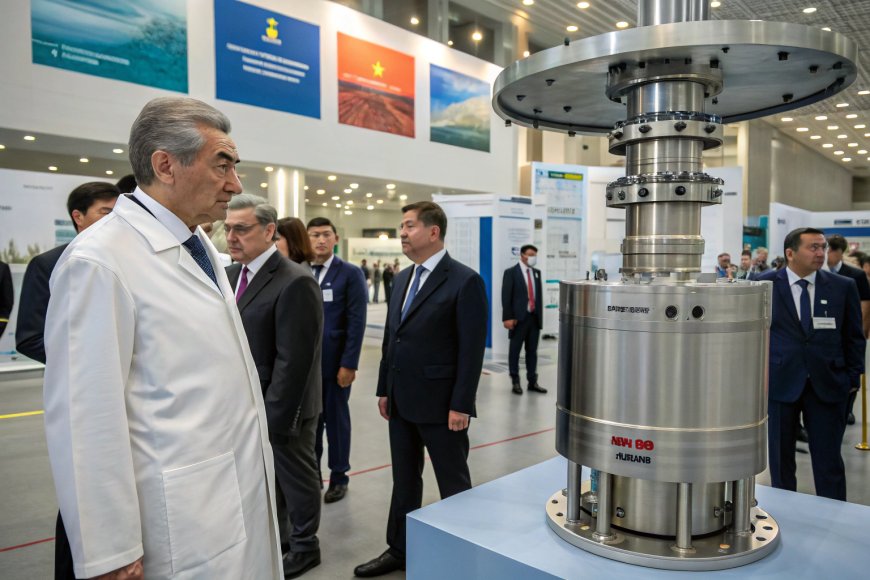
Iran's president inspects nuclear equipment
Table: Global Reactions to Iran's Nuclear Moves
| Country | Position | Action Taken |
| United States | Support resolution | Evacuating embassy staff |
| Russia/China | Oppose resolution | Shielding Iran at UN |
| France | "Deliberate escalation" | Demands negotiations |
| Israel | Unstated | Military on high alert |
The Invisible War
Covert sabotage has already begun:
- Natanz Tunnels: Iran has burrowed into mountains near Natanz since Israeli-linked explosions destroyed centrifuges there in 2020 and 2021.
- Cyber Attacks: Stuxnet-style malware and power grid disruptions have targeted Iranian facilities for years.
- Assassinations: Nuclear scientists have been killed in brazen attacks attributed to Mossad.
What’s next: If the "third site" becomes operational, experts warn it could survive bunker-buster bombs—forcing Israel to consider extreme options. As one Western diplomat grimly noted: "We’re not closing the door to diplomacy. But summer will decide this".
Flash Analysis: 3 Nuclear Scenarios
- Deal Revival (15% chance): Oman talks yield a freeze on 60% enrichment in exchange for sanctions relief.
- Limited Strikes (40% chance): Israel bombs Fordo/Natanz, sparking regional war but delaying nukes.
- Nuclear Breakout (45% chance): Iran assembles a weapon by 2026, triggering Saudi/Egyptian programs.
Why Your Morning Coffee Costs More in a Nuclear Crisis
Beyond missiles, this standoff hits wallets:
- Oil Prices: Brent crude surged 8% post-IAEA vote. Iran blocks the Strait of Hormuz (20% of global oil) if attacked.
- Inflation: Sanctions disrupt supply chains, spiking food and tech costs.
- Markets: Gold prices hit record highs as investors flee stocks.
The world called Iran's nuclear bluff.
Tehran answered with a mountain fortress and advanced centrifuges.
Now, diplomacy races against doomsday clocks.
What's Your Reaction?











































